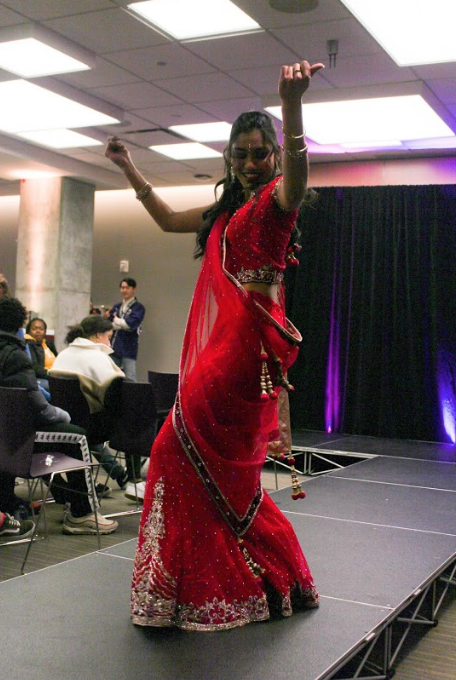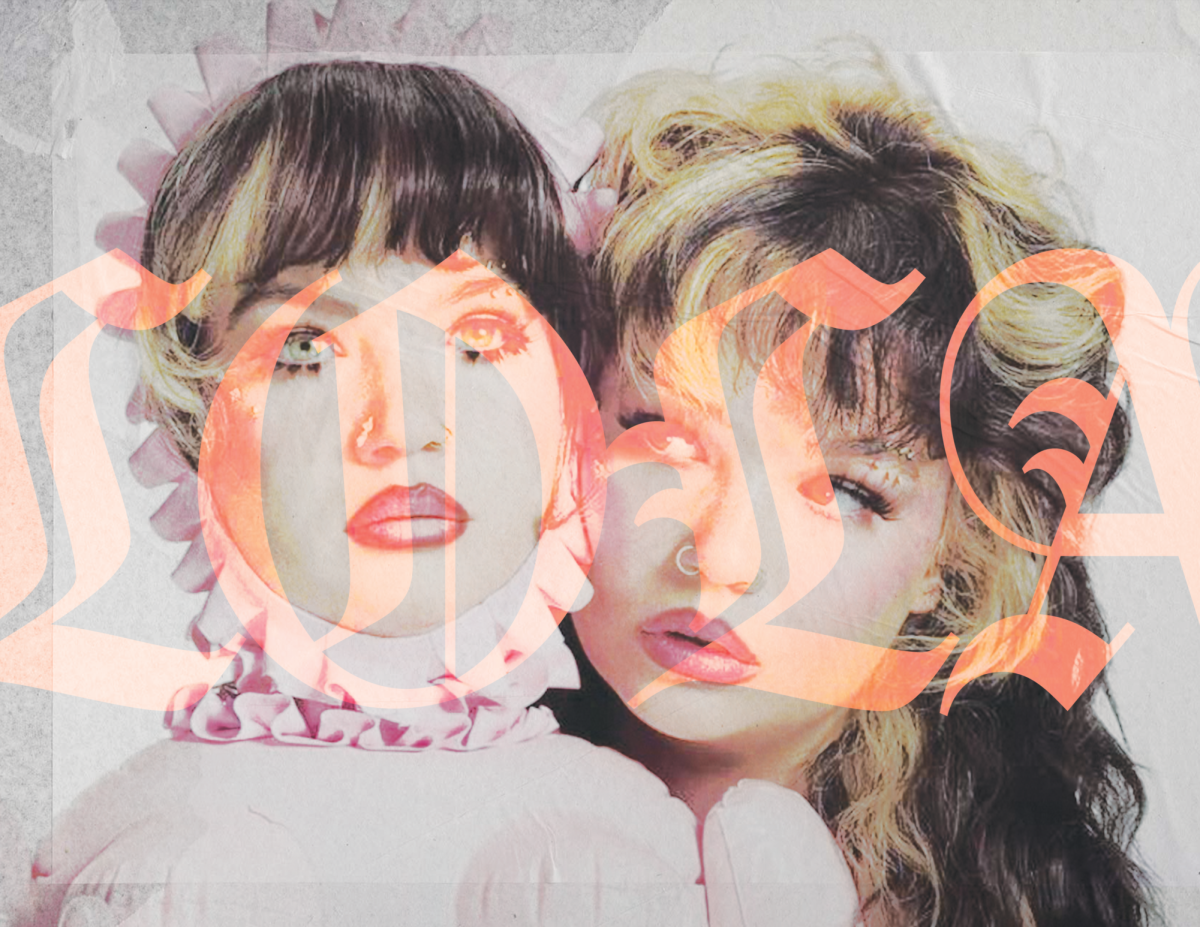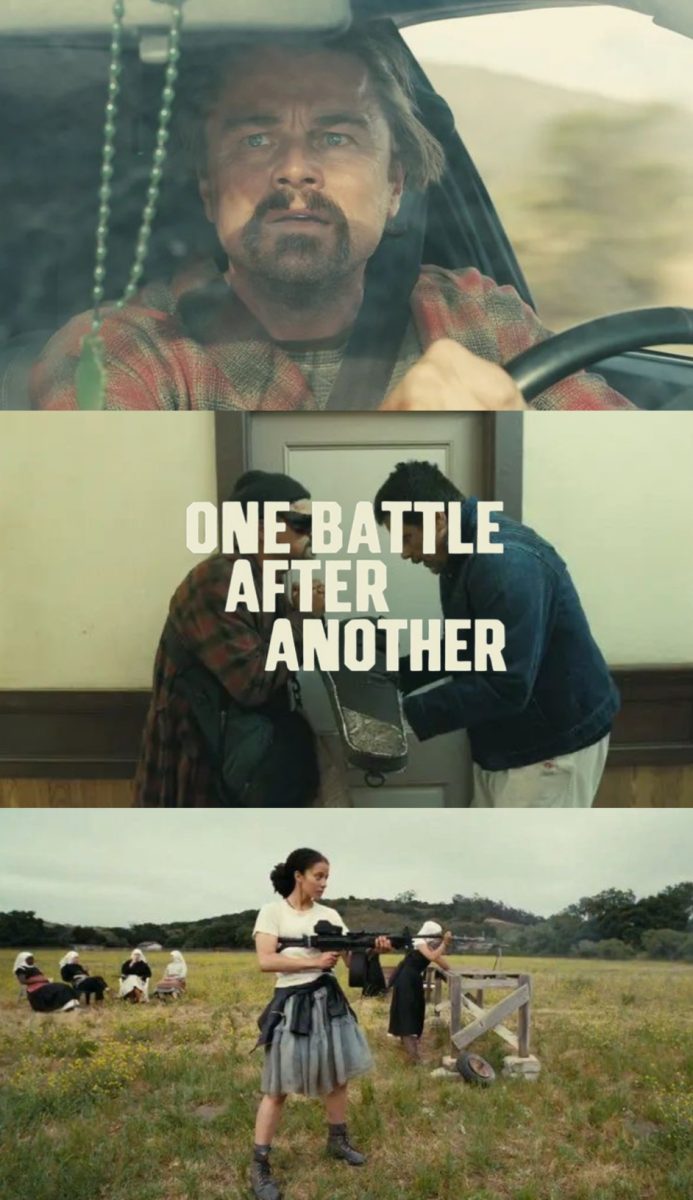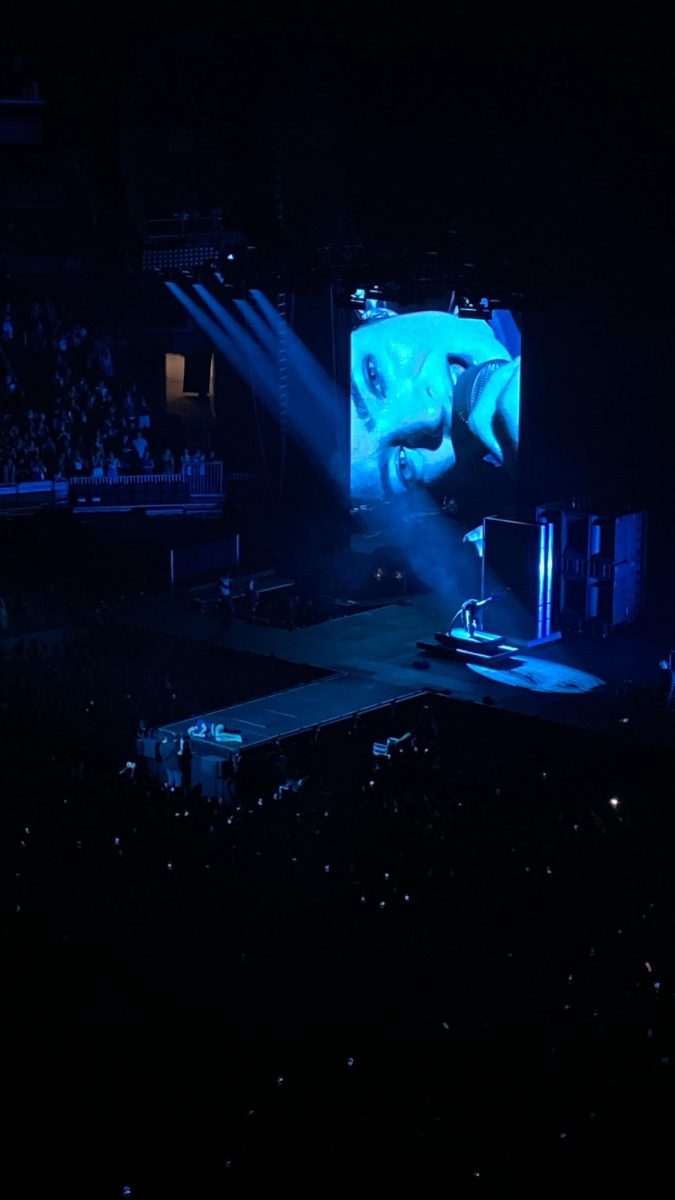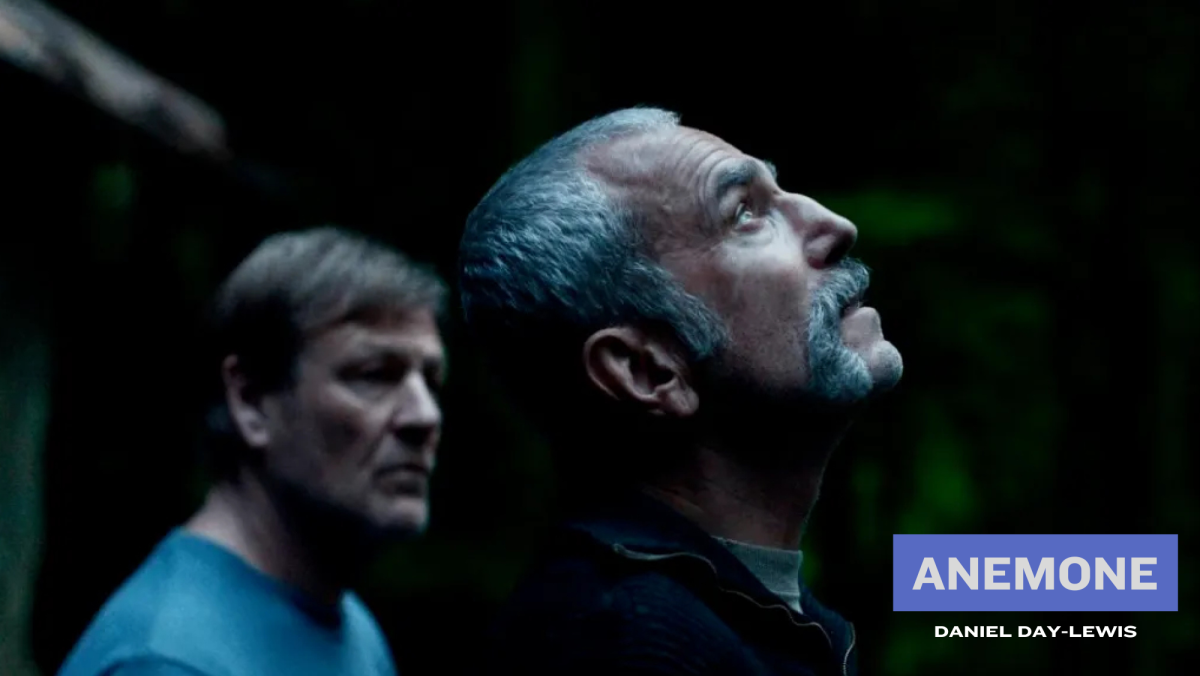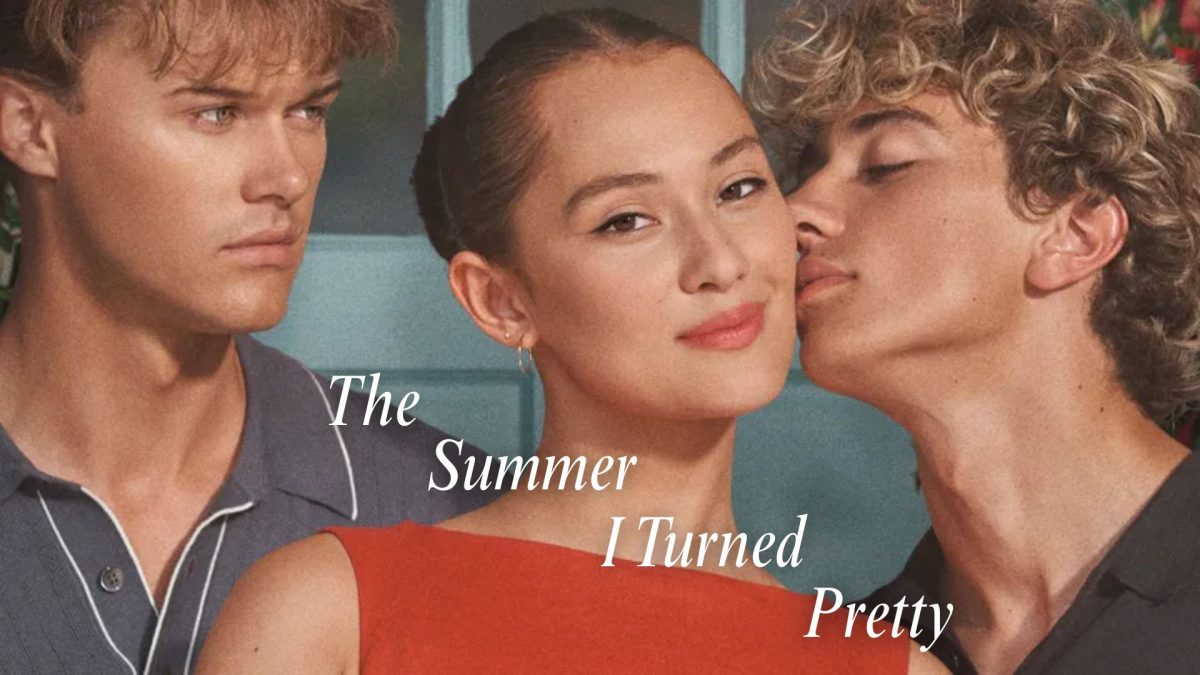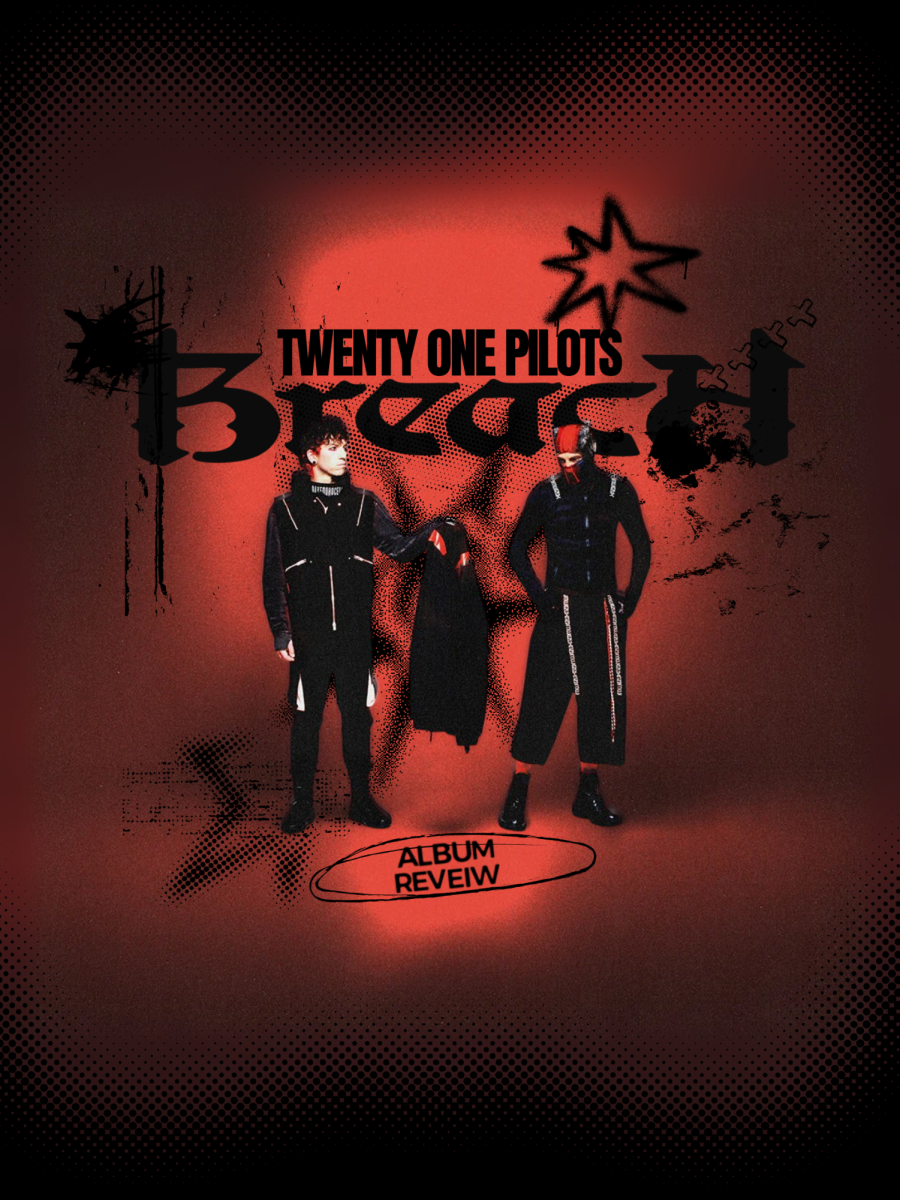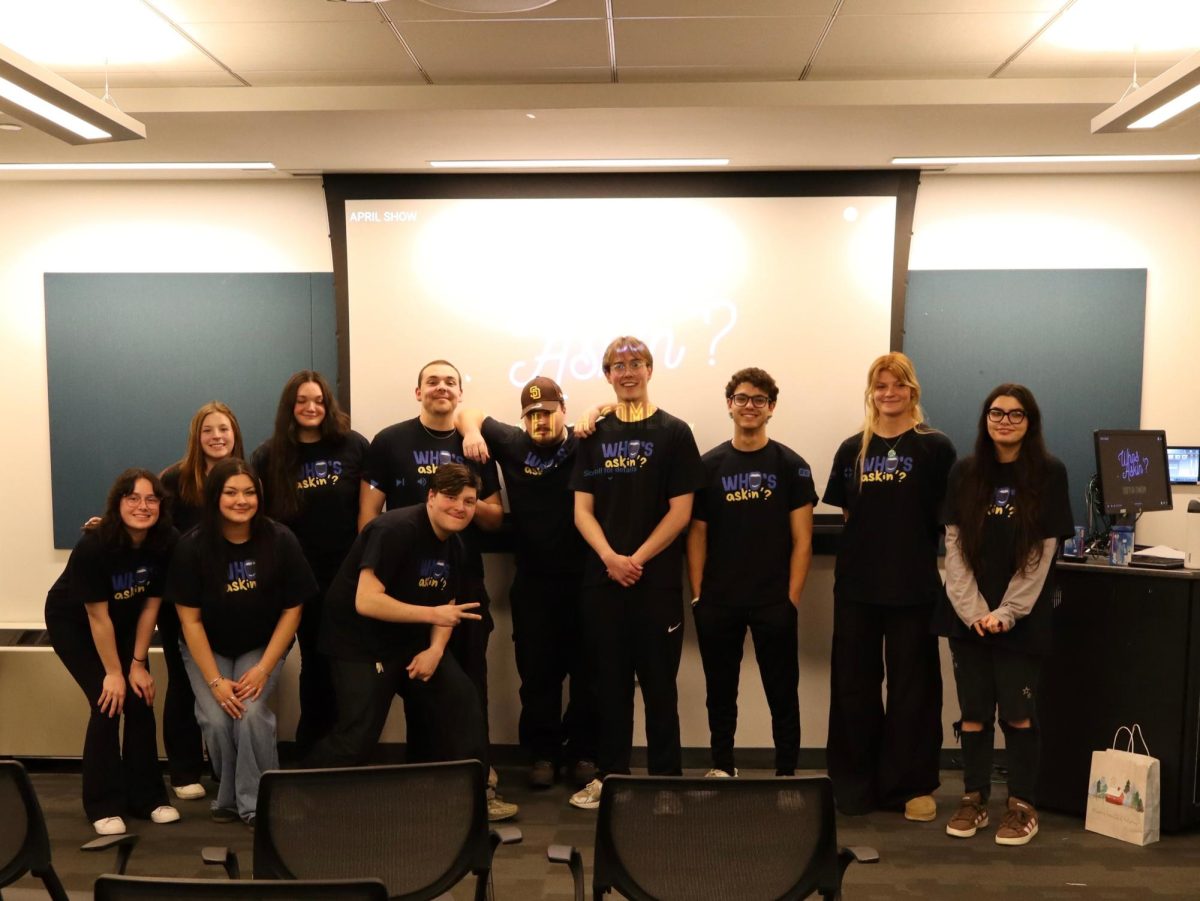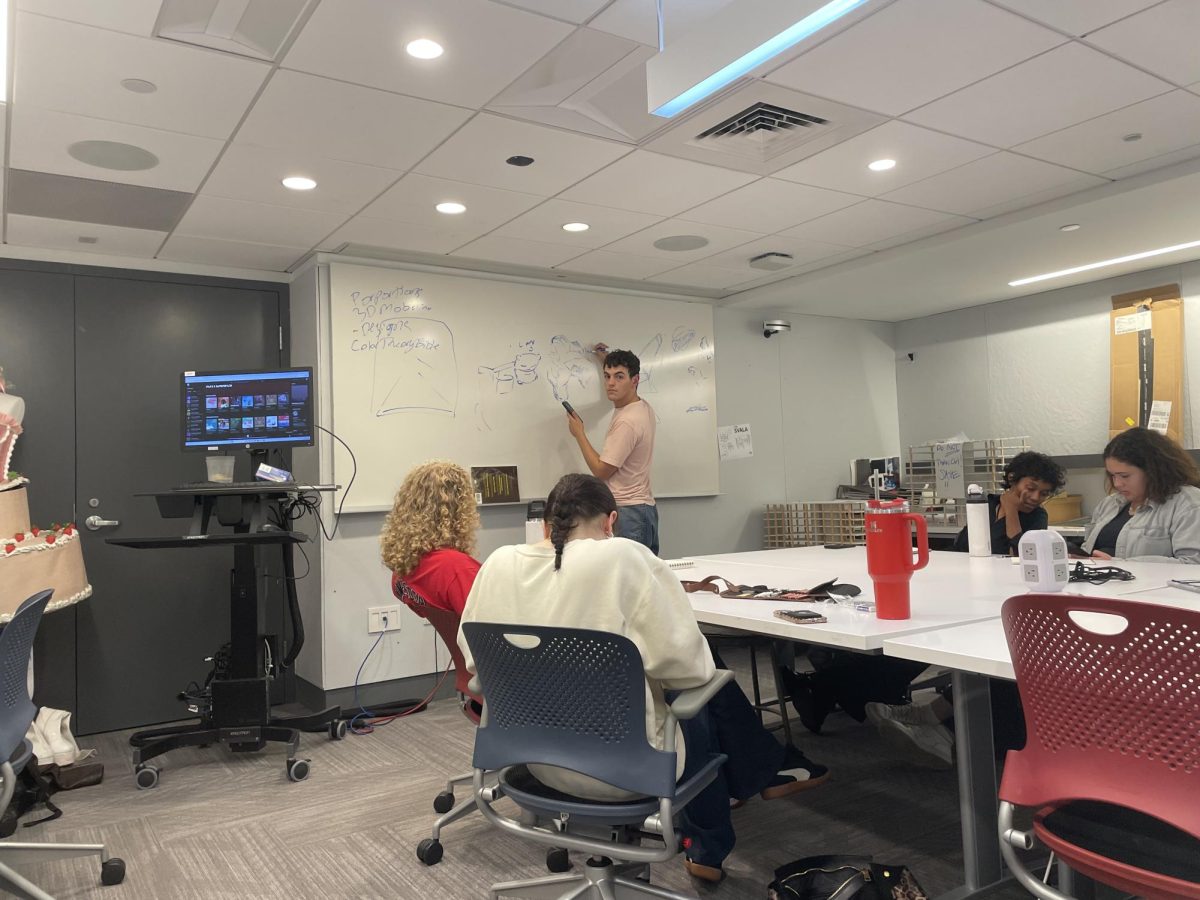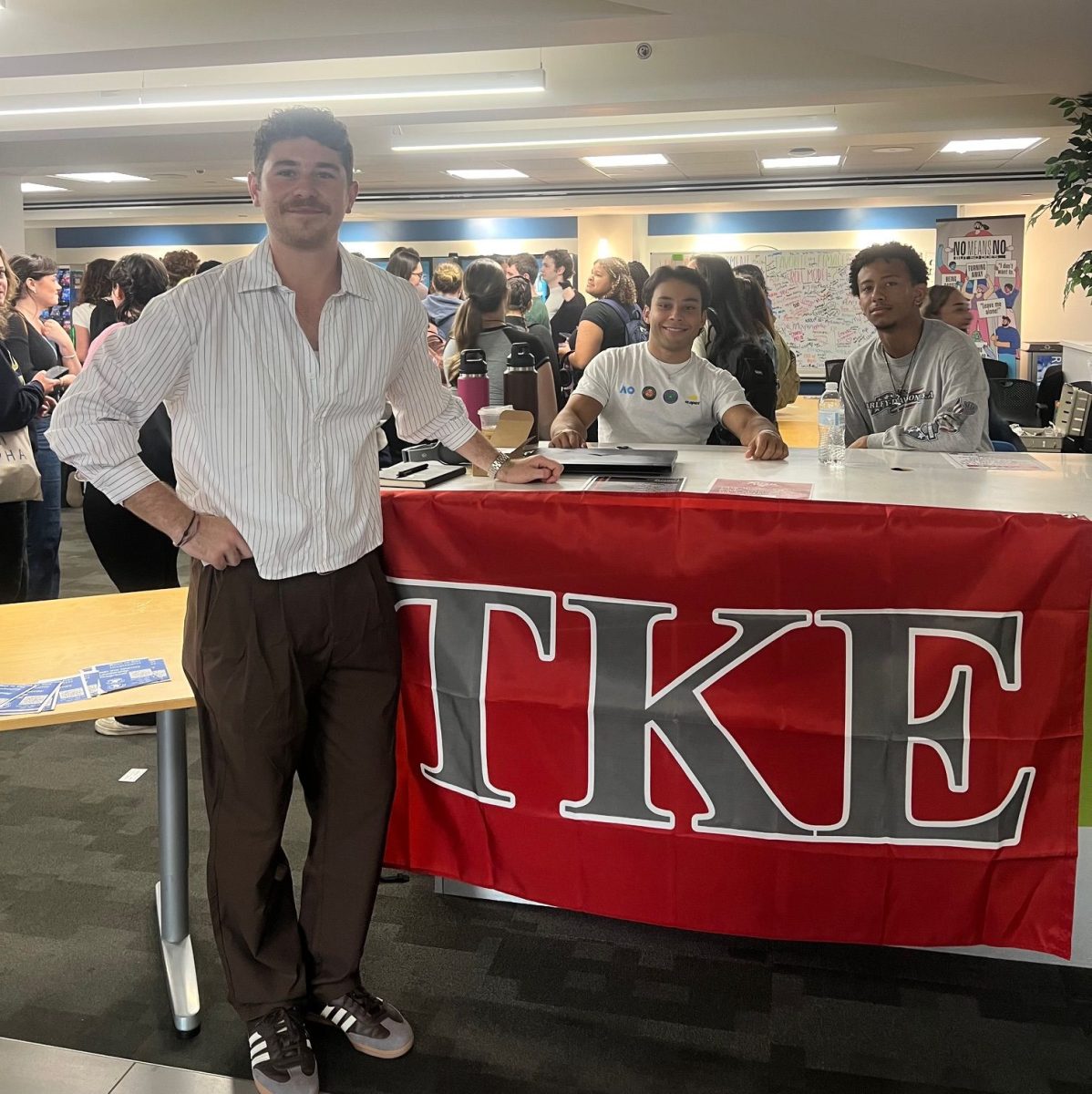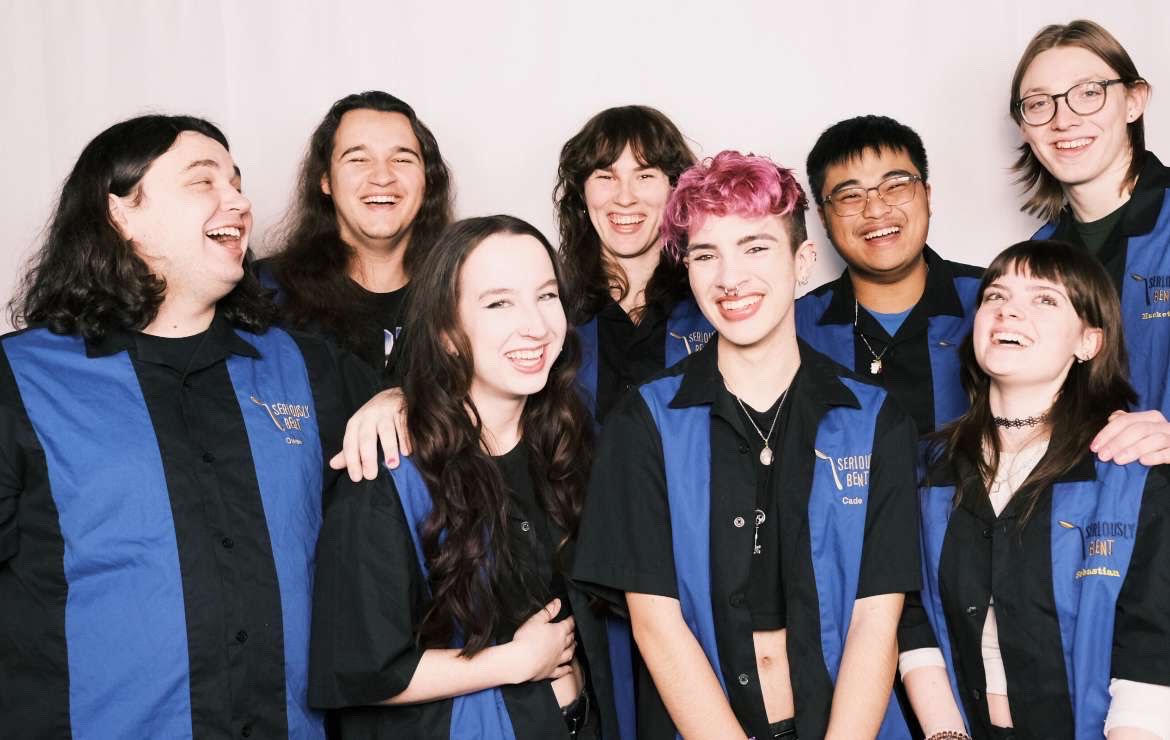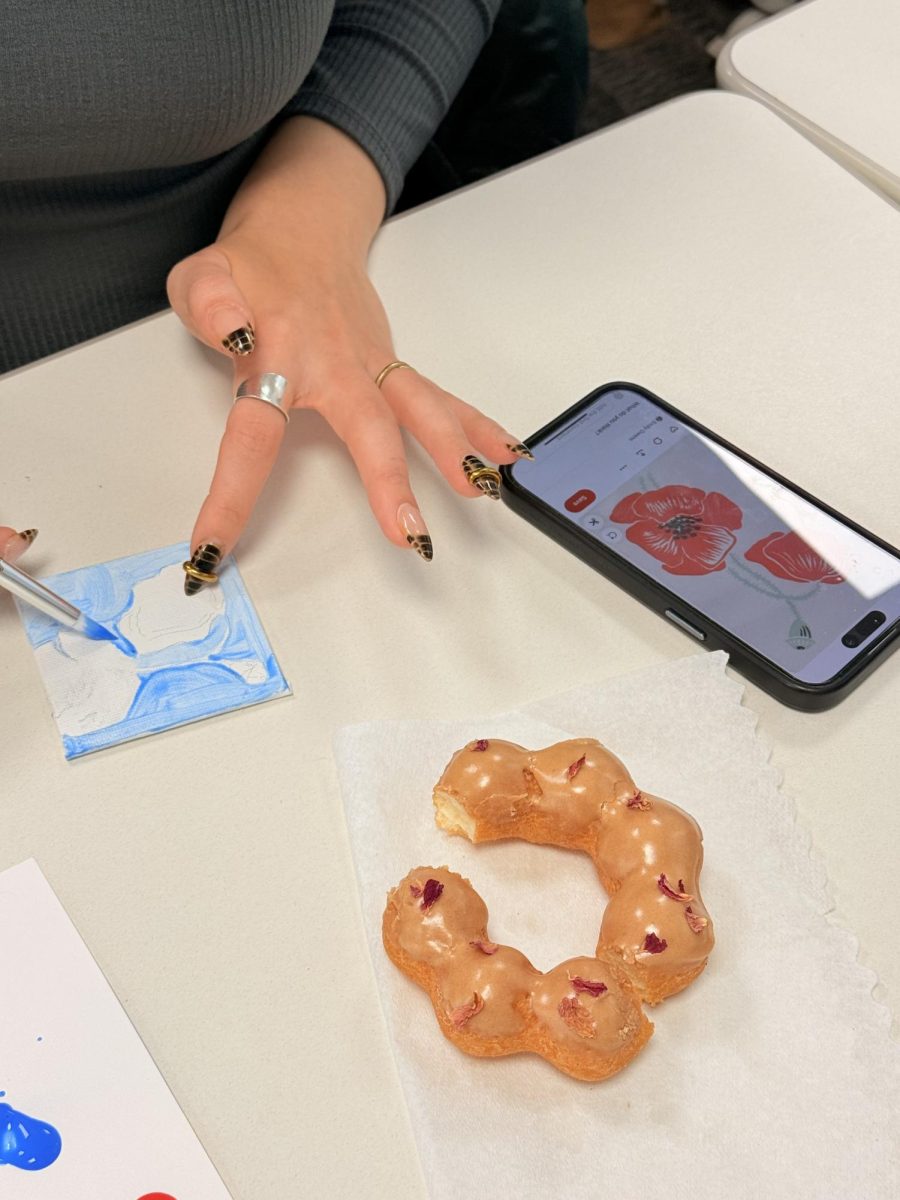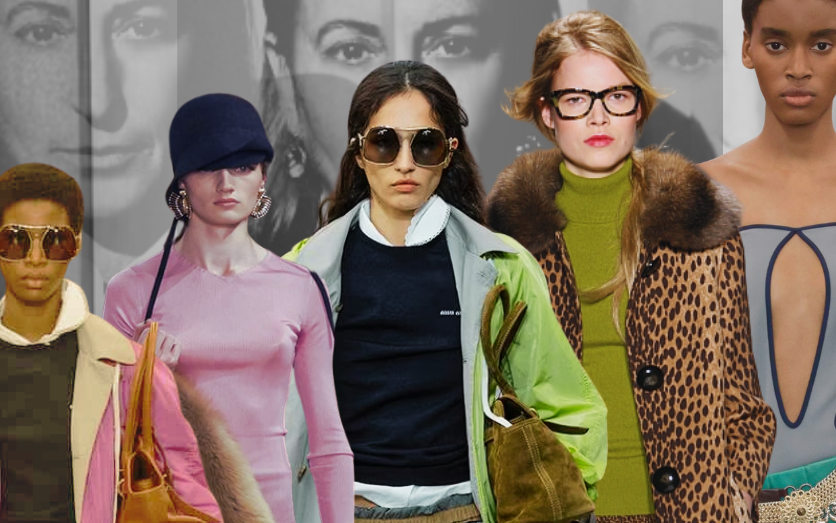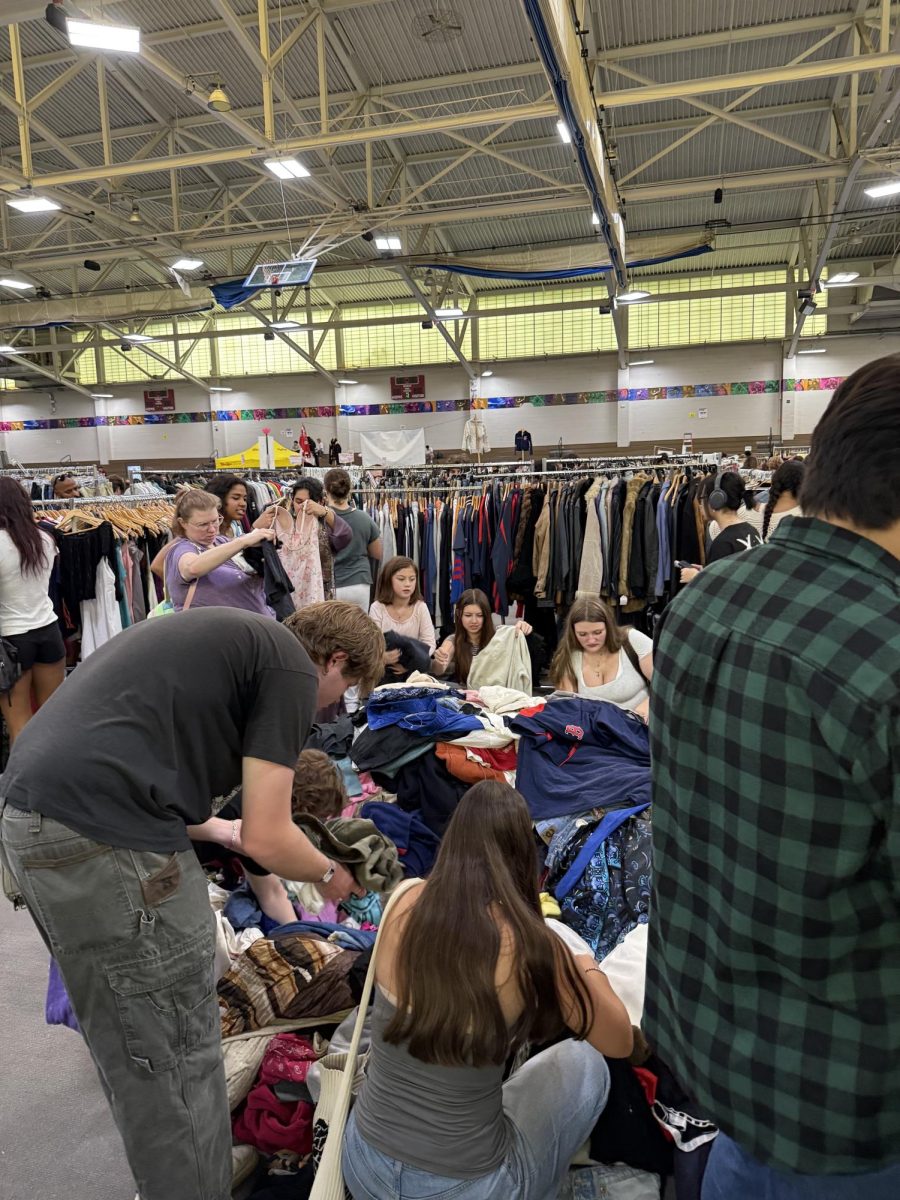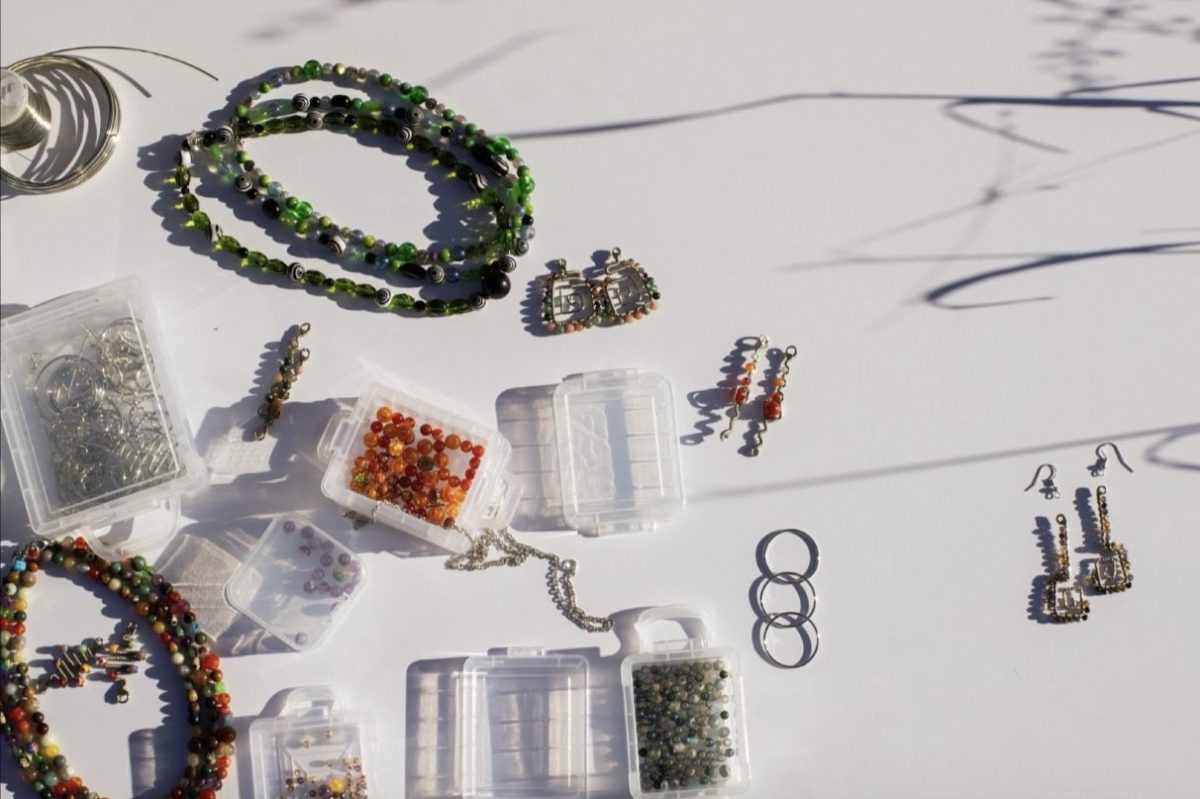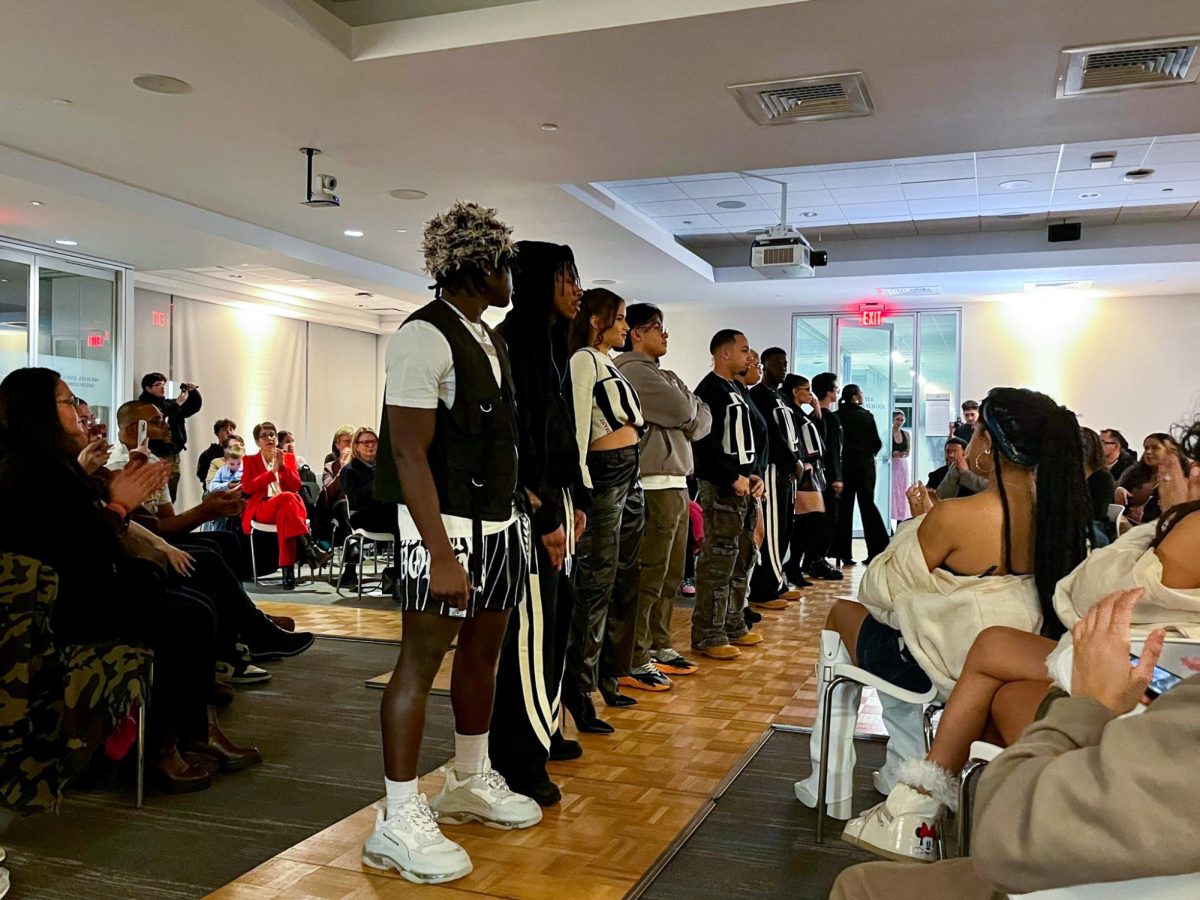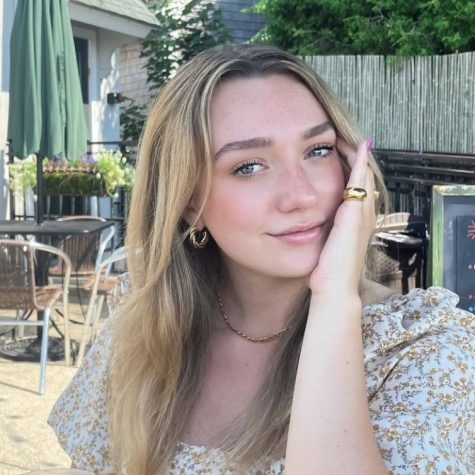On Thursday evening, the Asian American Association (AAA) gathered with nine other Suffolk University cultural groups to put fashion from different countries in the spotlight. Students strutted up and down the catwalk in the Samia Cafe, proudly modeling clothing from diverse backgrounds in a beautiful show titled “A Night Around the World.”
Some incredibly glamorous pieces were displayed on the runway, standing out among the others. One student representing India for the night danced along the stage in a hot pink sari that beautifully wrapped around her body down to the floor. Along with the silver and gold gem detailing carefully stitched throughout the fabric, the choice of layered accessories only added to the look.
Matching the same energy, one model walked wearing a red, voluminous quinceañera dress to represent the Dominican Republic. Above the round, sheer bottom of the dress, the top was elegantly encrusted with silver and gold gems. Jewels outlined the sweetheart neckline and v-shaped waistline to pull it together nicely. The model was also dressed in drag to represent queerness in Latin culture.
Not as vibrant but just as decorated, another model wore a sleek, crystal embroidered evening gown to represent Filipino culture. Aside from the large, exaggerated mutton sleeves inspired by the Victorian era, the dress was made up of sheer and lace fabrics that were fine and slim fitting. It was incredibly elegant and definitely one piece that caught the eyes of the audience.
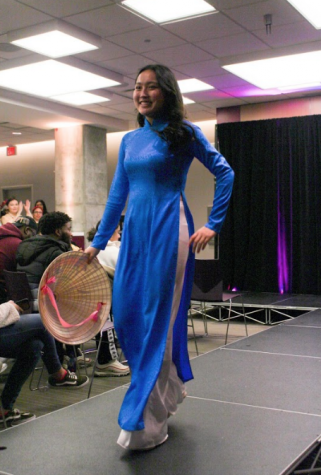
Anna, vice president of AAA, walks in a blue áo dài paired with a decorated leaf hat to represent Vietnamese culture.
However, a dress does not need glitz and glamour to stand out. One student stepped down the runway in a simple, chic hanbok – a traditional article of clothing usually worn for special occasions in Korea. The clean, off-white piece fell close to the floor. The bottom of the skirt and the edges of the jacket were embroidered with darling, delicate flowers in different shades of red and pink, representing hope and nobility.
Another model walked in a simple but bold traditional dress, representing Ecuador. The white ruffled top with minimal stitched decor paired beautifully with the vibrant red head scarf and matching slitted skirt.
In the same color, two more models walked in lovely Chinese qipaos. The floor-length dress with a flattering slit on each side, fit slimming to the models’ body. The cap sleeves and straight neck-line added a feminine touch to the look. The first model wore a pattern of white printed flowers covering every inch of the fabric, while the other model’s dress was much simpler, with a few embroidered patches at the top.
Red seemed to be the color of the night as the next student modeled her cultural attire in this color as well. Representing Bangladesh, the model displayed the artistic two-piece outfit composed of suit trousers and a tunic, dressed from head to toe in gold detailing.
Also representing Bangladesh, another student walked in a black tunic detailed in gold, green and red decorations, paired with black trousers. By her side, one more person modeled menswear, wearing a long gray shirt that fell to his knees. The two outfits complimented each other pleasantly.
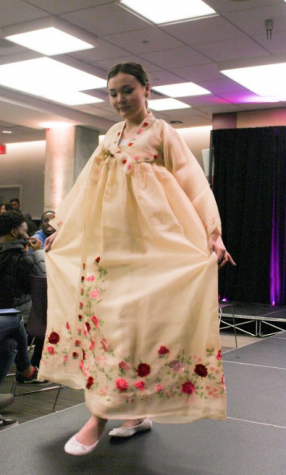
Larissa stepping down the runway in a hanbok with embroidered flowers that represent hope and nobility.
Another model stepped down the runway in a red yukata with a mustard yellow sash around the waist. The robe was covered in a pattern of large, feminine flowers. The yukata is commonly worn at summer festivals, where this dress would charmingly stand out.
Continuing to represent Japan, the next model presented modern menswear, wearing jeans and sneakers with a Hanshin Tigers baseball jersey. The outfit was simple and displayed a more current style in Japanese culture.
One model stood out with the bright colors that were incorporated into her traditional Indonesian wear. The outfit included a variety of fabrics, colors and patterns that all went well together. The look gave a feeling of fearlessness and boldness. Also in vibrant colors, another student made an impression as they walked in a black suit paired with a colorful tallit katan and yamaka to represent the Jewish culture.
A few students dressed in a áo dài to represent Vietnam – and dressed well. The áo dài is composed of a tight-fitting silk tunic and trousers. One student’s dress consisted of a bright blue fabric with silver detailing on the chest, paired with a matching hand fan. Another wore a clean coral color with pearl neck decorations. One model walked in a fuchsia tunic, decorated with an elegant floral print along the chest. Another wore a more modern style of the dress that was shorter and had a green leaf pattern design. The Vice President of AAA, Anna Nguyen, walked in a radiant blue color with smooth detailed fabric, paired with white trousers and a colorfully printed leaf hat.
Stealing the show, one model walked in Vietnamese dress, with a brilliantly detailed tunic in colors of gold and red sequin with large red buttons along the middle. The outfit was clean but bold. It was elegant and timeless. The look presented a feeling of power and strength.
Overall, the fashion in this show was incomparable as each style was so beautifully unique to the students’ cultures and backgrounds. Watching the pride each model had on their face as they walked in the clothes of their history created a great show all together.


